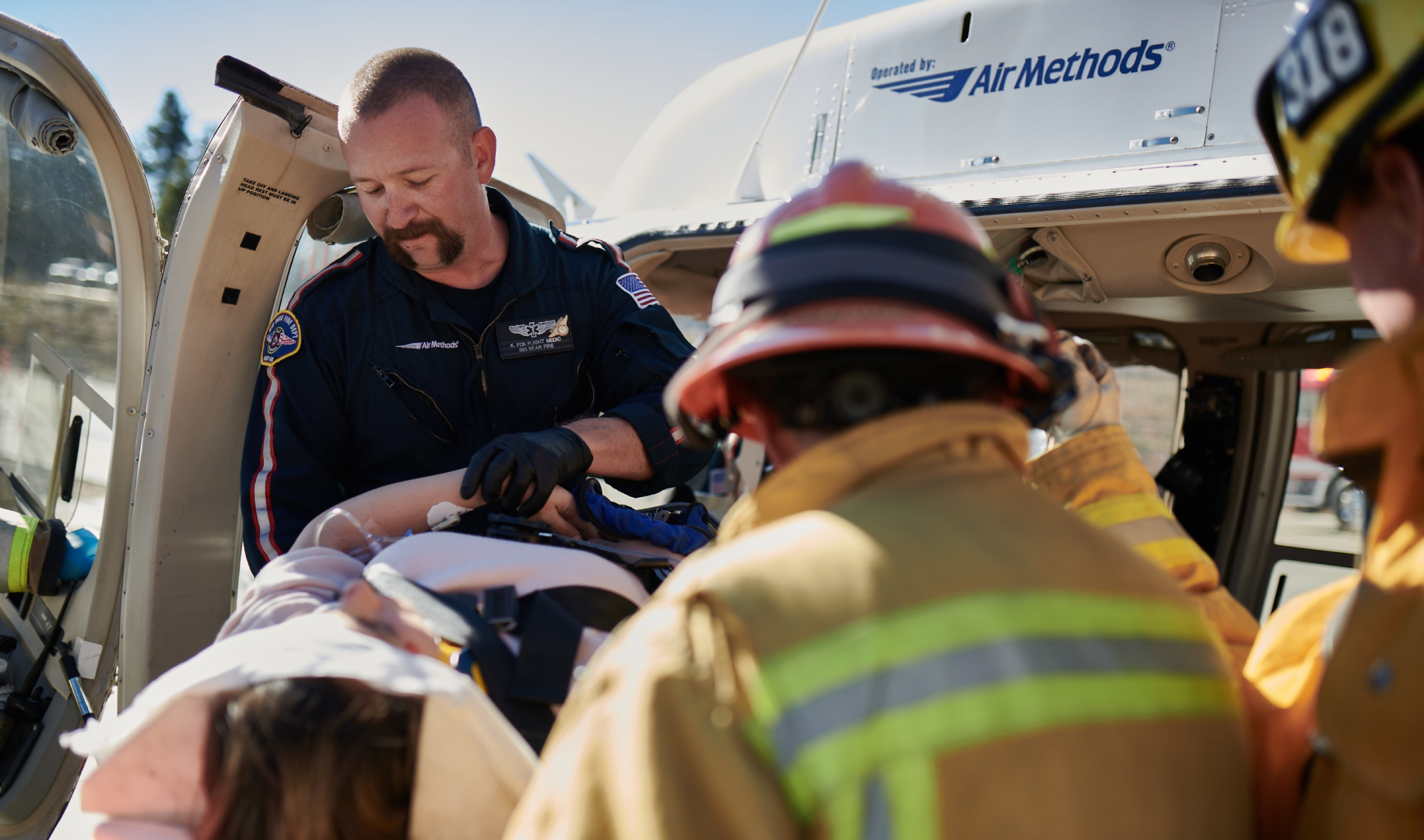David J. Olvera MBA, NRP, FP-C, CMTE; Michael Lauria MD, NRP, FP-C; Jeremy Norman BAS, NRP, FP-C; David Gothard MS; Andrew D. Gothard BS; William Bradley Weir MD, FACEP, FAEMS, FAMPA
Abstract
Objective
Rapid sequence intubation (RSI) is a critical skill commonly performed by air medical teams in the United States. To improve safety and reduce potential patient harm, checklists have been implemented by various institutions in intensive care units, emergency departments, and even prehospital air medical programs. However, the literature suggests that checklist use before RSI has not shown improvement in clinically important outcomes in the hospital. It is unclear if RSI checklist use by air medical crews in prehospital environments confers any clinically important benefit.
Methods
This institutional review board–approved project is a before-and-after observational study conducted within a large helicopter ambulance company. The RSI checklist was used by flight crewmembers (flight paramedic/nurse) for over 3 years. Data were evaluated for 8 quarters before and 8 quarters after checklist implementation, spanning December 2014 to March 2019. Data were collected, including the self-reported use of the checklist during intubation attempts, the reason for intubation, and correlation with difficult airway predictors (HEAVEN [Hypoxemia, Extremes of size, Anatomic disruption, Vomit, Exsanguination, Neck mobility/Neurologic injury] criteria), and compared with airway management before the implementation of the checklist. The primary outcome was improved first-pass success (FPS) when compared among those who received RSI before the checklist versus those who received RSI with the checklist. The secondary outcome was a definitive airway sans hypoxia improvement noted on the first pass among adult patients as measured before and after RSI checklist implementation. Post-RSI outcome scenarios were recorded to analyze and validate the effectiveness of the checklist.
Results
Ten thousand four hundred five intubations were attempted during the study. FPS was achieved in 90.9% of patients before RSI checklist implementation, and 93.3% achieved FPS postimplementation of the RSI checklist (P ≤ .001). In the preimplementation epoch, 36.2% of patients had no HEAVEN predictors versus 31.5% after RSI checklist implementation. These data showed that before RSI checklist implementation, airways were defined as less difficult than after implementation.
Conclusion
The implementation of a standardized RSI checklist provided a better identification of deterring factors, affording efficient and accurate actions promoting FPS. Our data suggest that when a difficult airway is identified, using the RSI checklist improves FPS, thereby reducing adverse events.
Click below to read the full research paper published by ScienceDirect.

